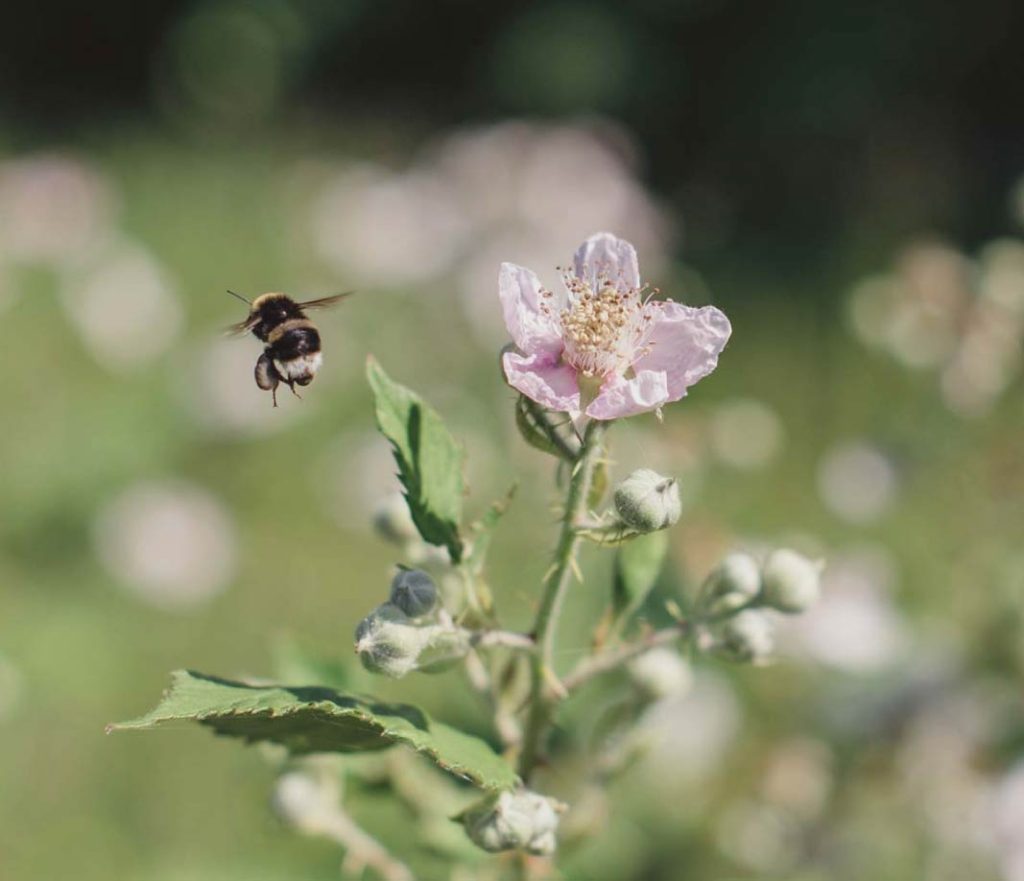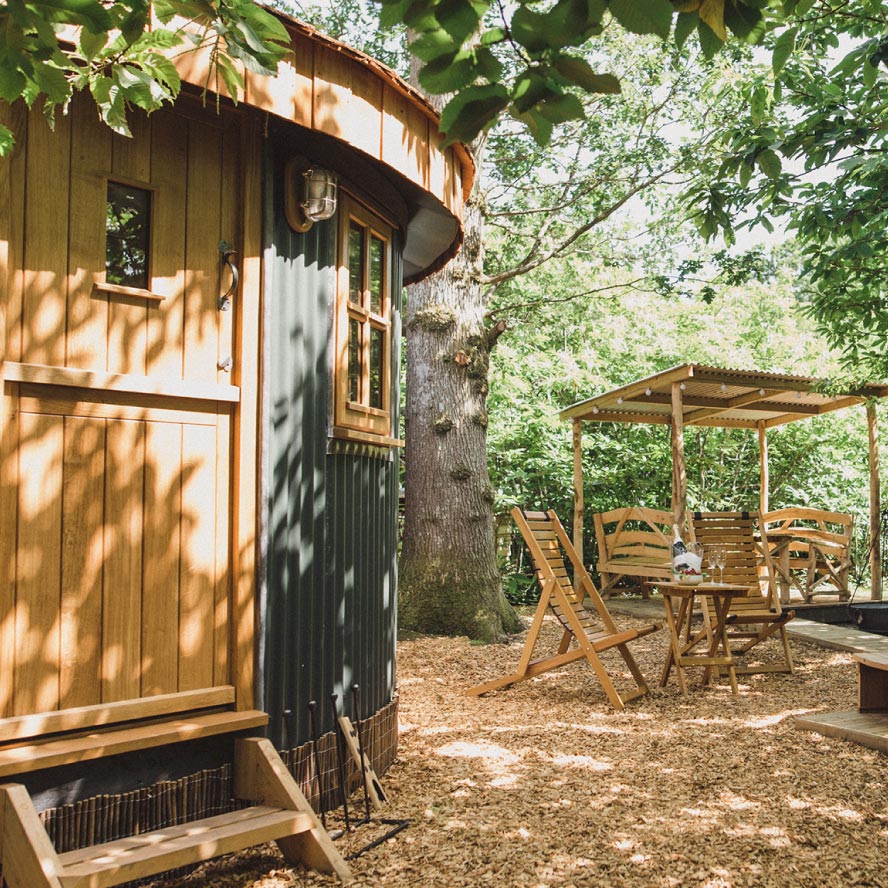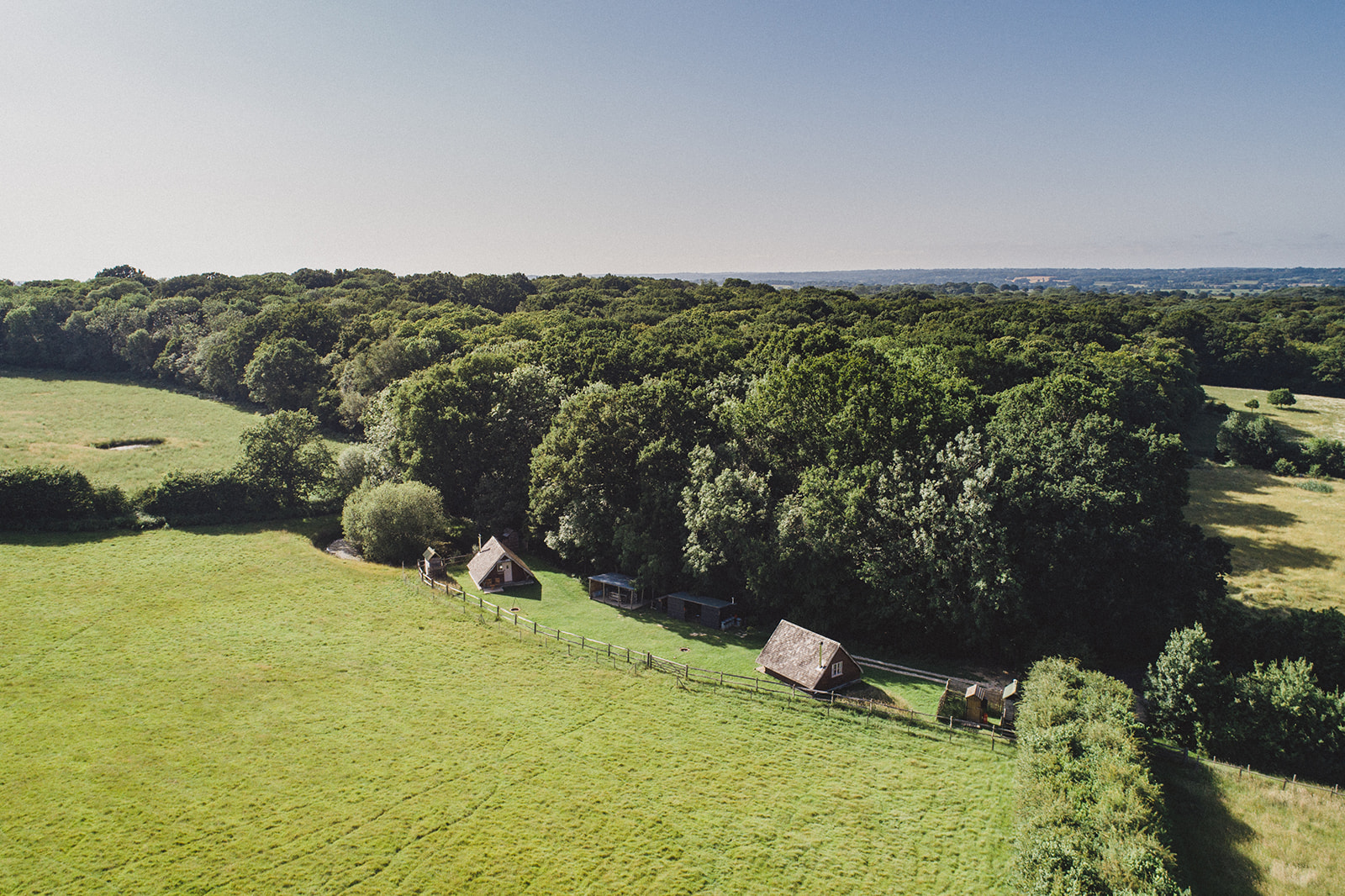COP26 has, rightly, got the world’s undivided attention on the environment. Which is great. Swallowtail Hill guests will know that we are all about sustainability – it’s what we do. It’s Christopher’s area of expertise (he runs a global sustainability consultancy). But perhaps we’re too quiet about it. Perhaps we’ve been shying away from controversy, doing our conservation and carbon reduction work too quietly, making our sustainability choices on the sly.
So we’re going to change that. Now!
We’re going to start by talking to you about trees. We are almost force fed the concept that the solution to climate change and the nature emergency is planting trees.
Now, don’t get me wrong – planting trees is a really good thing – provided that we are planting the right trees in the right place. We have seen examples of wildly over enthusiastic tree planting resulting in the total trashing of a priceless wildflower meadow and its conversion to woodland. Not a good result!
We also see the ‘wrong tree’ syndrome in evidence – the most obvious example of this is the use of conifers where they would not naturally exist. The Forestry Commission, coupled with private landowners, made this mistake decades ago when, spurred by a panic about the domestic availability of construction timber on the one hand, and a beneficial tax system on the other led to swathes of natural mixed deciduous woodland being grubbed up and planted with firs.
Thankfully the tax break no longer exists, and the Forestry Commission has long since being working to repair the damage.
But we are in danger of being led down a single solution dead end here – peer reviewed research published recently in Restoration Ecology* by biologist Dr Csaba Tolgyesi of the University of Szeged in Hungary, and several co-authors, states: ‘the prevailing nature based solution to tackle climate change is tree planting. However, there is growing evidence that it has serious contraindications in many regions. The main shortcoming of global tree planting is its awareness disparity to alternative ecosystem types, mainly grasslands.’ It goes on to explain that where grasslands are the natural vegetation – and think the Great Prairies of the US Midwest, the plains of Ukraine, and to an extent the patchwork system of meadows in England – then we may be missing a trick.
These grasslands are likely to support a higher biodiversity and a stronger locked-in carbon store below the surface – i.e. in the soil – than plantations and other sorts of forest. The authors suggestion is to replace ‘tree planting’ with the phrase ‘restore natural vegetation’.
This is music to our ears here at Swallowtail Hill. Our landscape is a mixture of woodland, hedgerow, ponds and of course flower meadows. These meadows, inconspicuous as they may be, are tremendous repositories of carbon.
Dr Robin Stott is a physician, with a passionate interest in climate change and ways to achieve net zero. He recently published a piece in the BMJ** with some fascinating workings. He calculates that we would need to convert one third of the country’s 23m acres of agricultural land – so around 8m acres – to regenerative agriculture in order to sequester the necessary weight of CO2 to achieve net zero by 2030. He bases this on undisturbed agricultural land having the capacity to absorb 20 tons per acre over ten years.
Our meadows have been undisturbed for well over 25 years, so are at full tilt in terms of their CO2 absorption, as well as the diversity of plantlife that thrives on them, the CO2 that locks up, and the rich sub-soil fungal networks and other life. At a very cautious level that’s 520 tons of carbon being locked up just in our small patch of East Sussex. Without trees.
We're on Instagram.
Follow us for the latest updates, stories, reviews and much more.
Awards & Accreditations













